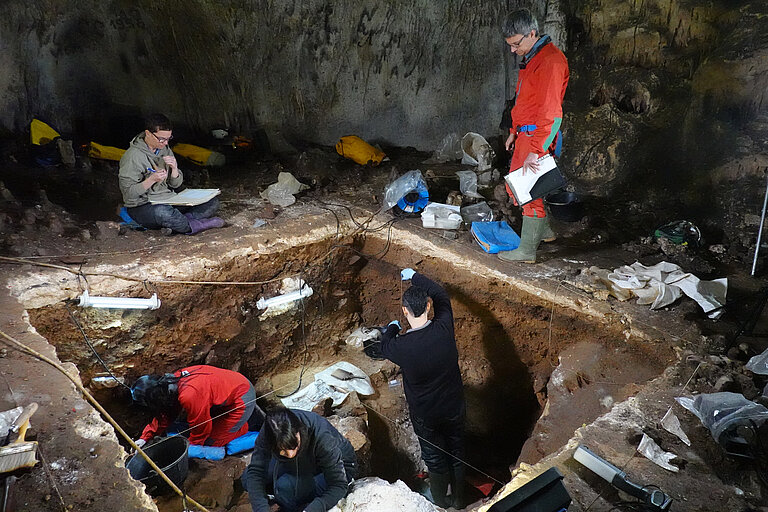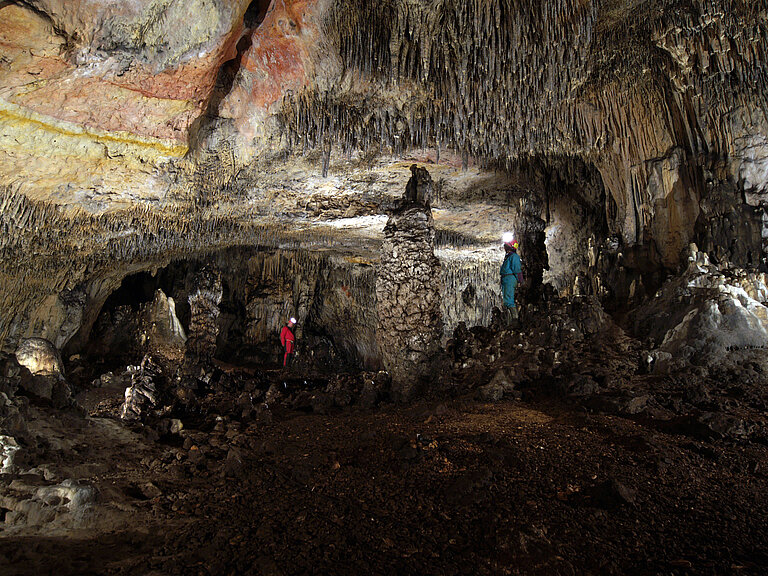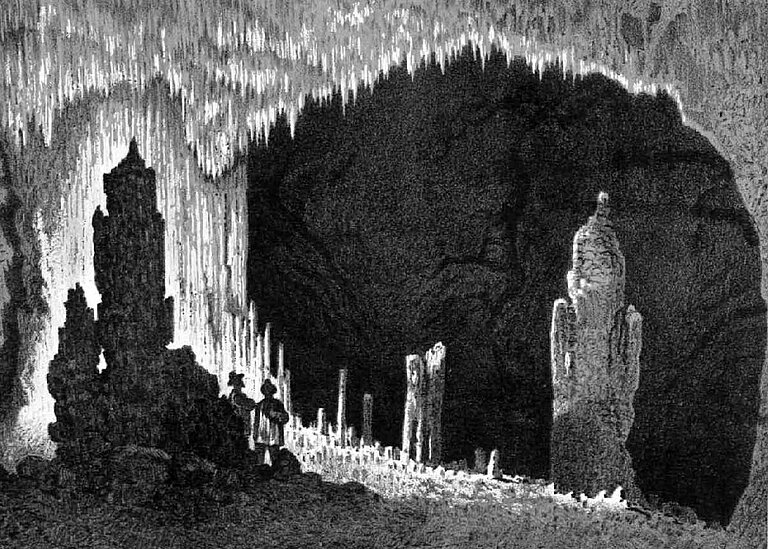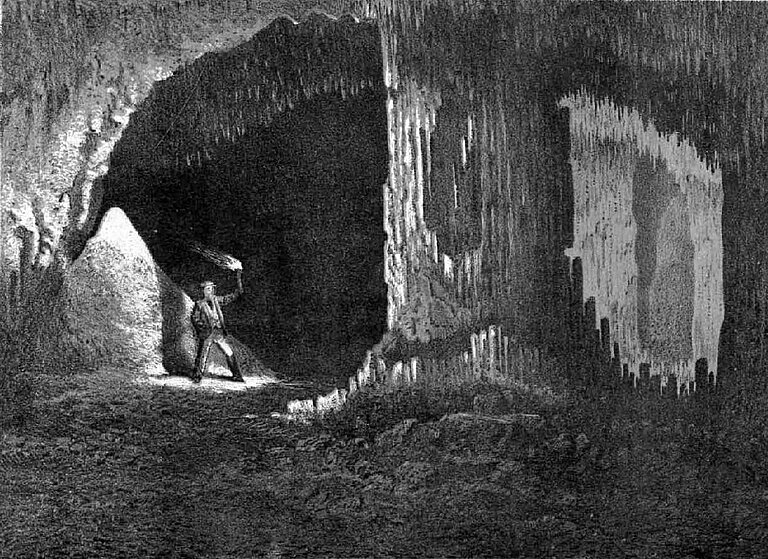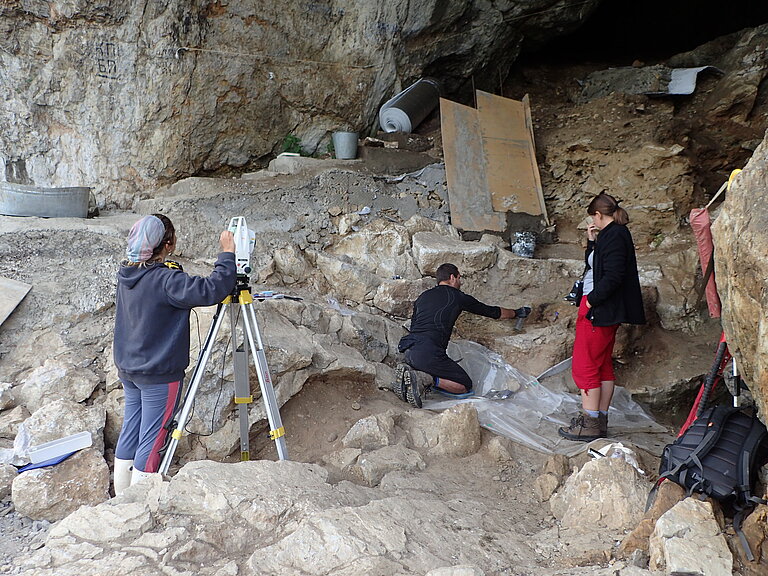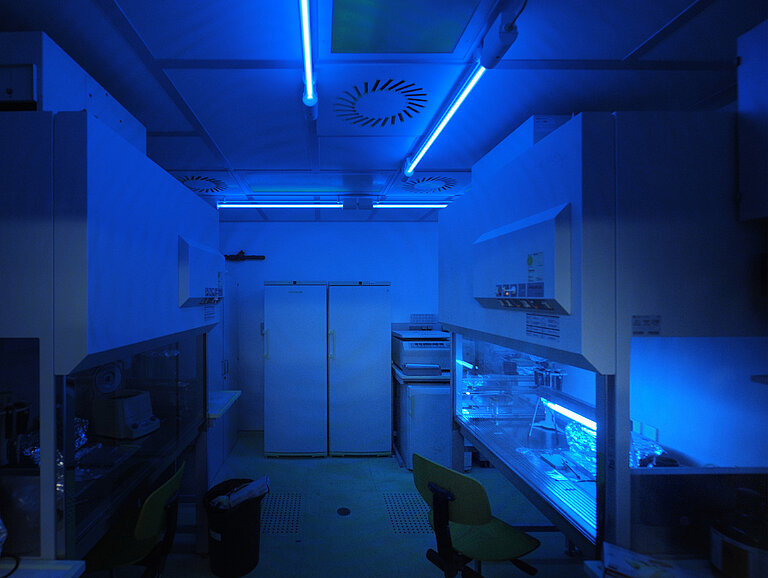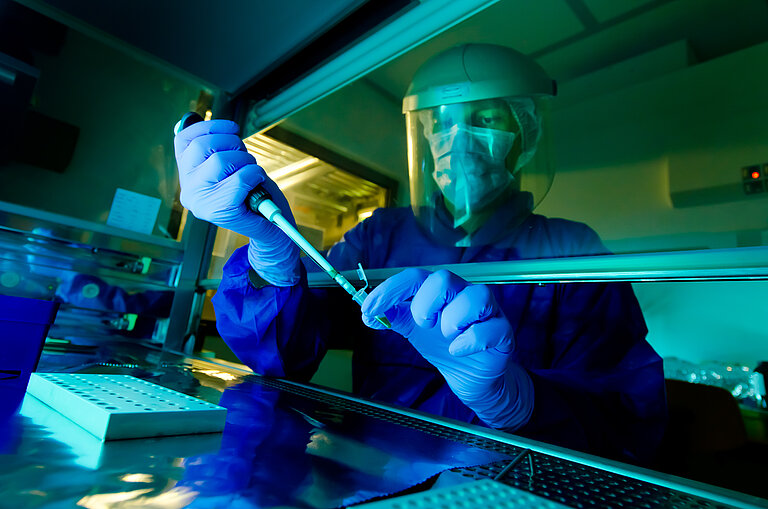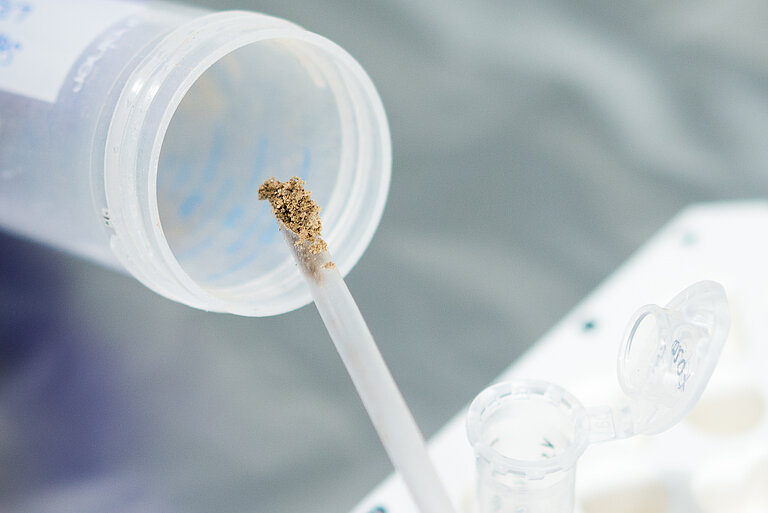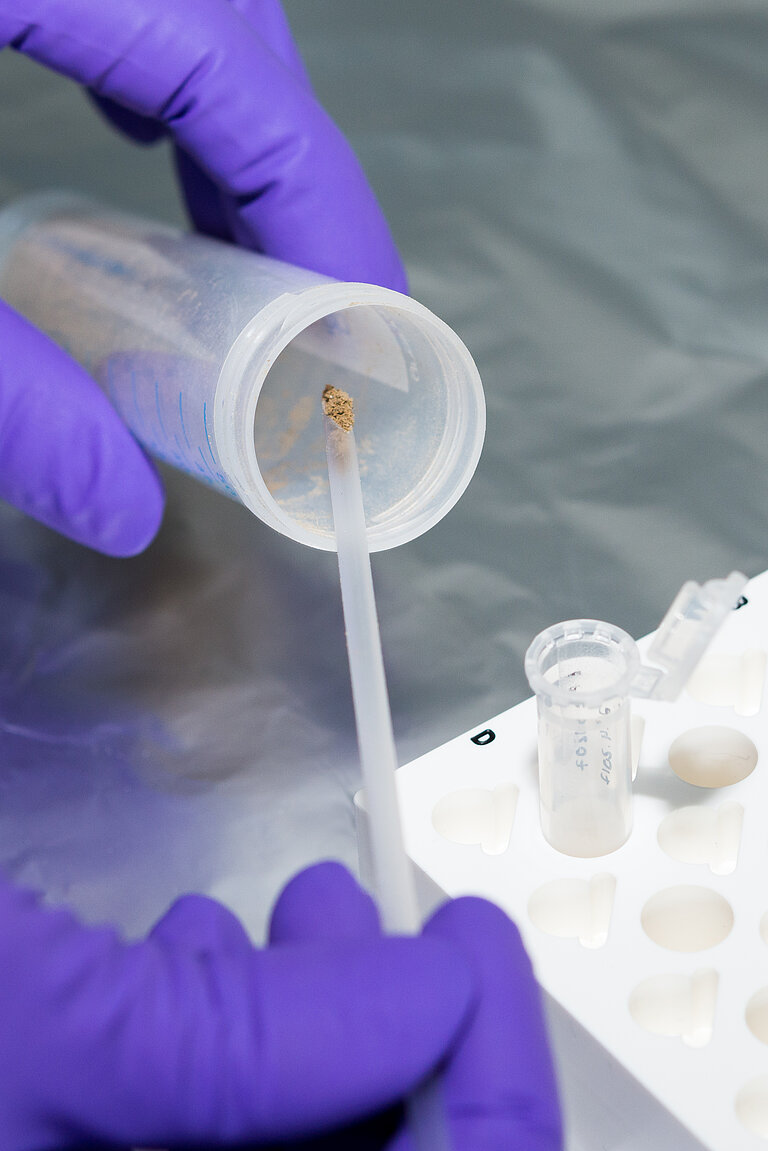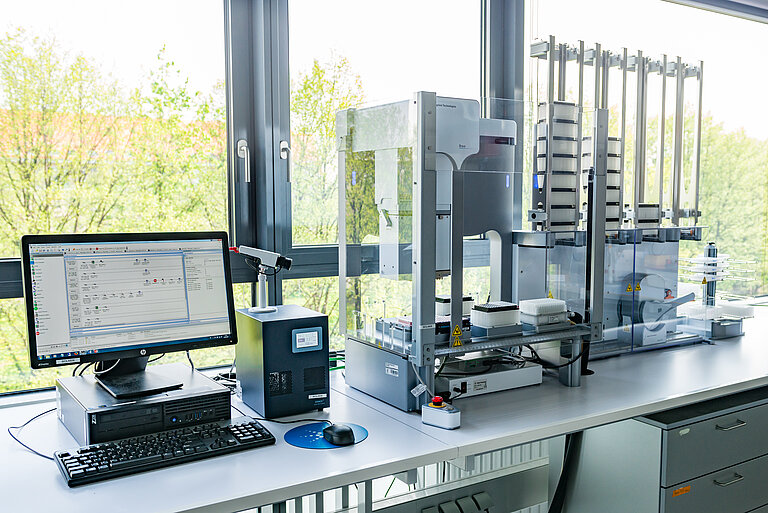Nuclear DNA from sediments helps unlock ancient human history
For the first time, scientists have succeeded in extracting and analyzing Neandertal chromosomal DNA preserved in cave sediments
Until now, researchers required bones or teeth to access the full suite of genetic information from Neandertals, including the chromosomal DNA stored in the cell nucleus, but such fossil remains are rare. In this new study, Benjamin Vernot and colleagues from the Max Planck Institute for Evolutionary Anthropology retrieved Neandertal nuclear DNA from cave deposits in northern Spain and southern Siberia, yielding new clues to the population history of Neandertals. At the Spanish site, only one Neandertal fossil had been recovered in excavations, but Neandertal DNA was found throughout the cave deposits, revealing the replacement of one population by another around 100 thousand years ago. With the advent of nuclear DNA analyses of sediments, similar studies at other sites can provide new insights into the deep human past that do not rely on the discovery of bones and teeth.
Images
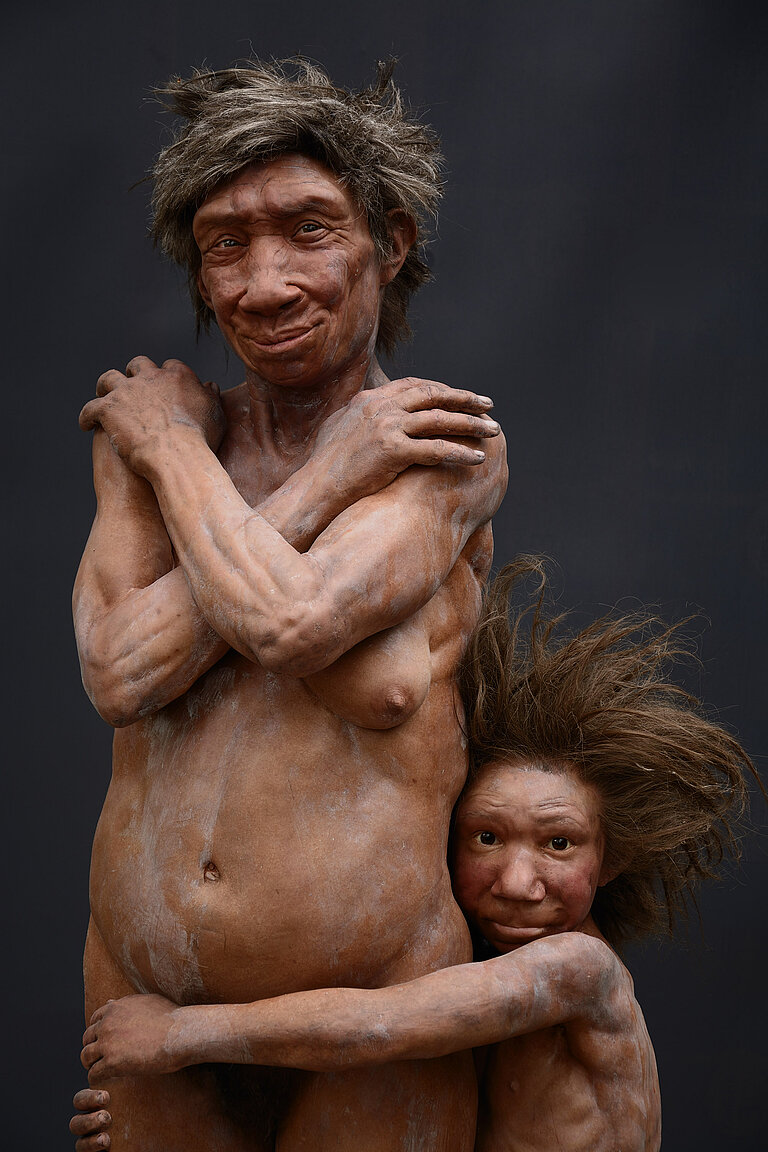
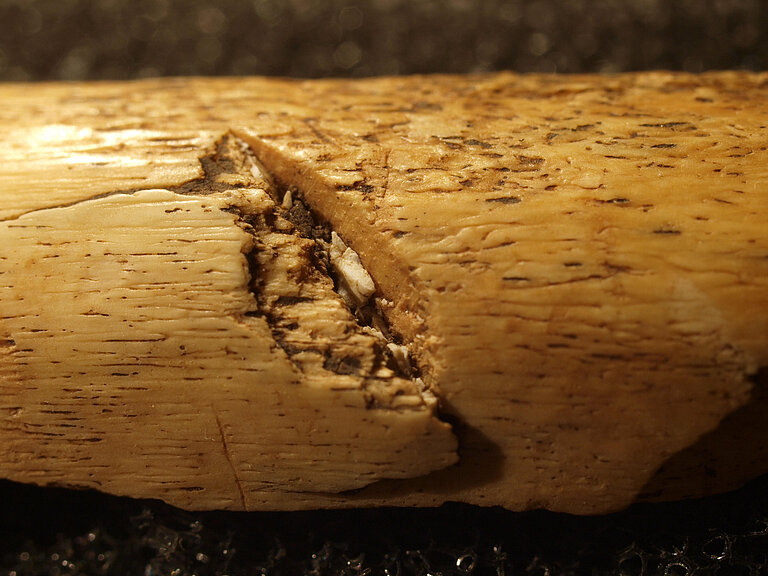
Participating institutions
- Department of Evolutionary Genetics, Max Planck Institute for Evolutionary Anthropology, Leipzig, Germany
- Centro Mixto UCM-ISCIII de Evolución y Comportamiento Humanos, Madrid, Spain
- Institute of Archaeology and Ethnography, Russian Academy of Sciences, Novosibirsk, Russia
- Centre for Archaeological Science, School of Earth, Atmospheric and Life Sciences, University of Wollongong, Australia
- Australian Research Council (ARC) Centre of Excellence for Australian Biodiversity and Heritage, University of Wollongong, Australia
- Institute of Geological Sciences, Polish Academy of Sciences, Warszawa, Poland
- Novosibirsk State University, Novosibirsk, Russia
- Departamento de Paleontología, Facultad Ciencias Geológicas, Universidad Complutense de Madrid, Spain
- Department of Anthropology, University of Toronto, Canada
- Departamento de Geología, Facultad de Ciencia y Tecnología, Universidad del País Vasco-Euskal Herriko Unibertsitatea (UPV/EHU). Barrio Sarriena s/n, 48940 Leioa, Spain
- Sociedad de Ciencias Aranzadi, Zorroagagaina 11, 20014 Donostia-San Sebastián, Spain
- Centro Nacional de Investigación sobre la Evolución Humana (CENIEH), Paseo de la Sierra de Atapuerca, 3, 09002 Burgos, Spain
- Institut Català de Paleoecologia Humana i Evolució Social (IPHES), Zona Educacional 4, Campus Sescelades, Edifici W3, Universitat Rovira i Virgili, Tarragona, Spain
- Àrea de Prehistòria, Universitat Rovira i Virgili, Avinguda de Catalunya 35, 43002, Tarragona, Spain
- Department of Anatomy and Anthropology and Department of Human Molecular Genetics and Biochemistry, Sackler Faculty of Medicine, Tel Aviv University, 6997801 Tel Aviv, Israel
- The Dan David Center for Human Evolution and Biohistory Research, Tel Aviv University, 6997801 Tel Aviv, Israel
